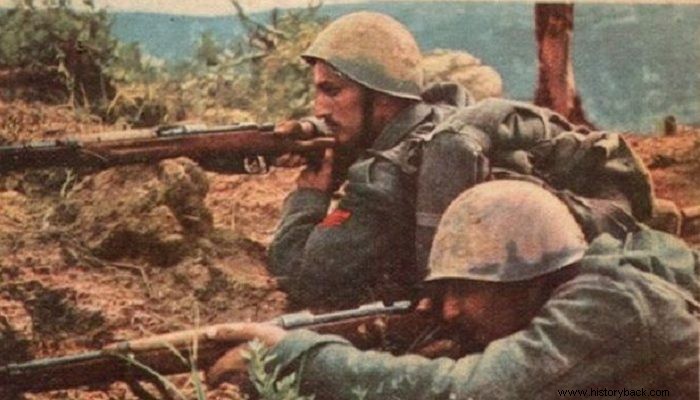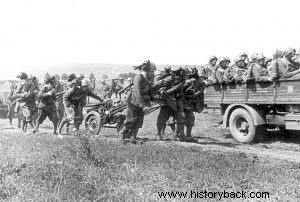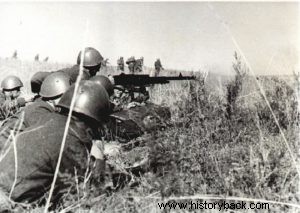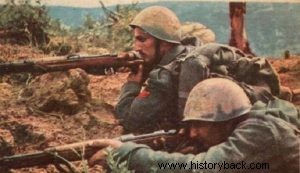
The Italian army was arguably the worst of the so-called great powers during World War II. Although the manpower was good, the tactical doctrine was good, but mainly the level of training of officers and men, weapons and war material was below the occasion. However, under good leadership, Italian soldiers were capable of great feats. Perhaps the greatest victory of the Italian army during the second world genocide was achieved in the foreign soil of the then Soviet Union.
The Italian body
Seeing his forces defeated in every engagement up to then, in France, in the Greek North and South Continent, but also in North and East Africa, the flamboyant Italian dictator Mussolini decided to reinforce his partner in crime Hitler with an army corps during the German invasion of the USSR.
The Italian Expeditionary Corps in Russia (Corpo di Spedizione Italiano in Russia – CSIR) it consisted of the 3rd Cavalry Division (Celere =fast-moving – MI), the 9th "Car Transported" (Mechanized) Infantry Division (MMP) Pazubio, the 52nd MMP Torino and the 63rd Assault Brigade of Blackcoats (TEM) Tagliamento. In September 1941, the corps was commanded by then lieutenant general Giovanni Messe. The body was developed in Ukraine.
Preliminary moves
On September 9, the 9th Infantry Division Pazubio was assigned to the German 17th Army. A few days later the Italian division moved to the tributary of the Dnieper Oril while on September 23 managed to create a bridgehead on the big river at Tsaritsanka. The Soviets launched furious attacks against the Italian bridgehead for three days but the Italians held out.
Further north the 80th Infantry Regiment (SP) of Pazubio managed to create another bridgehead in the area of Voinofka. German forces moved through these two bridgeheads with the aim of encircling the Soviet forces in the area.
The German plan called for a double hyperkerotic maneuver from the two Italian bridgeheads with the two ends meeting at the small town of Petrykovka (present-day Petrykivka, Ukraine). The attack would be undertaken from the North by Pazubio and from the South by Torino. The Italian divisions would be under the command of Messe. Gradually other CSIR forces also took part in the battle.
Attack
On the morning of September 28, the attack began. MBP Torino faced the Soviet 261st Rifle Division which, with the help of extensive minefields, was strongly defended. Nevertheless, the Italians managed to advance their positions and finally break through the enemy position in the south, near Kamenka.
And Pazubio managed to push forward and so the next day, September 29, the two Italian MPVs were ordered to move as quickly as possible towards Petrikovka. At the same time, the 3rd MI began clearing the enclave that had been created. The Torino MP, reinforced by the Melanochitans of Tagliamento, overthrew all Soviet resistance, capturing many prisoners and was the first to reach Petrikovka.
The arrival of MP Pazubio also sealed the deal. The clearing of the enclave continued on September 30 and yielded over 10,000 Soviet prisoners. Italian losses were extremely light – 87 killed, 190 wounded, 14 missing. A large amount of war material also fell into the hands of the Italians. The victory was wildly celebrated by Mussolini and contributed to his decision to increase Italian participation in the anti-USSR campaign by sending an entire army there.



